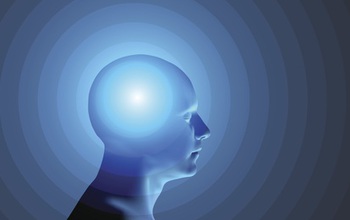Impact
Ultrasensitive detector for physics and medicine
Ultrasensitive magnetic detectors offer new ways to diagnose medical conditions

Novel magnetic sensors can speed diagnosis of heart, brain and fetal conditions.
Credit and Larger Version
September 29, 2017
This material is available primarily for archival purposes. Telephone numbers or other contact information may be out of date; please see current contact information at media contacts.
NSF-funded research to discover fundamental particles and forces has led to a new tool with multiple applications including brain research, diagnosis of abnormal heart rhythms and pre-surgical imaging. Originally built to precisely measure very faint magnetic fields for basic physics experiments, the ultrasensitive detector, called an atomic spin magnetometer, has validated fundamental theories about the symmetry of space.
Furthermore, the device's ability to sense magnetic fields 1,000 times weaker than those in the human brain made it a candidate for additional applications in medicine and neuroscience. Two startup companies, TwinLeaf Precision Sensors and QuSpin, are advancing the technology for commercial use.
NSF Directorate(s):
Directorate for Mathematical and Physical Sciences
Locations
New Jersey
Related Awards
#1404325 Precision Measurements with Nuclear Spins
Related Websites
QuSpin Technology: https://www.nsf.gov/cgi-bin/good-bye?https://quspin.com/
This NSF Impact is one of thousands of research outcomes made possible by NSF that help fuel the U.S. economy, enhance national security and sustain U.S. global leadership by advancing knowledge. You can search for more NSF Impacts at https://www.nsf.gov/impacts.
Get Impacts by Email


